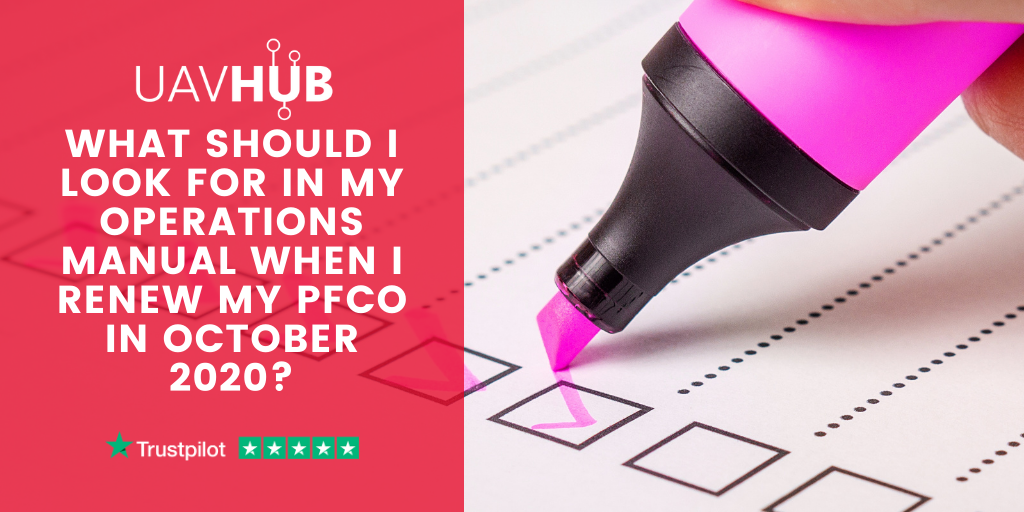This Blog is designed for people that want to check their Operations Manual to make sure they have the key things that the CAA will look for when you renew your current PfCO.

This information is accurate as of 10th November 2020, however, you should check the respective information for accuracy before implementing it into your own Operations Manual and/or submitting your Operations Manual to the CAA.
This article was last updated on 10th November 2020 to reflect the updated CAP 722
What should be in my reference table?
Below are the official CAA CAPS that should be referenced in your reference table.
- CAP 393 - Air Navigation Order - Version 5.6 - dated 21 March 2019
- CAP 722 - Unmanned Aircraft System Operations in UK Airspace - Guidance & Policy - version 8.0 - dated 5 November 2020
- CAP 382 - Occurrence Reporting Scheme - v10 - dated December 2016
Please note: It is no longer a requirement to reference CAP 1763 or Statutory Instrument (SI) 2019 No. 261 as these have now been incorporated into the CAP 393.
Additionally, you'll want to make sure that the user manual of your aircraft is referenced, or, if your aircraft doesn't have a user manual, reference wherever you have pulled the information from for the aircraft specifications.
Excerpts for CAP 393 Regulatory Articles 94 and 95
One of the simplest ways to ensure that the CAA is aware that you are aware of the latest wording for Articles 94 and 95 of the Air Navigation Order is by having them in your operations manual.
We highly recommend copying Articles 94 and 95 in verbatim. This can either be as an appendix or under its own heading such as 'CAA CAP 393 Regulatory Articles'.
Operator ID
Whoever is the accountable manager in your Operations Manual should have an Operator ID registered to them. If your PfCO is for an organisation, such as a limited company, then the accountable manager should register the Operator ID as an organisation.
If your organisation doesn't have an Operator ID then you can get one from the CAA by clicking here.
You should put your Operator ID into the company/organisation details section (or other relvant section) of your Operations Manual. You will also need your Operator ID for the application process for the PfCO.
What you should no longer have in your Operations Manual
If you Operations Manual has any reference to PiC (Pilot in Command) then you need to change this throughout your document to (RP) Remote Pilot.
As noted above, you no longer need to reference CAP 1763 or SI 2019/261, however, the CAA shouldn't bounce your OM if you choose to leave this in.
Check your Operations Manual Version number and date
Always make sure that the version number and date that is in your latest ammendment matches the version and date on the fron of your Operations manual (if you have this in your header/footer check this too!)
For example, if your latest version is v1.2 dated 07/10/2020 in your ammendment log, this needs to be reflected on the front page of your Operations Manual. The CAA will reject your application if these do not match!
How often should I check my OM for updates?
We recommend that you set aside once a month to double-check the CAP documents in your OM. If the documents have been updated you'll need to ensure that your Operations Manual references the new documents. Don't just leave it until your next renewal! Additionally, you'll also want to find out what has changed as this could affect your drone operations.
So if CAP 393 gets updated you're going to want to find out if Article 94-95 has changed as these relate to drone specific operations. If the CAP 722 has been updated then you should read the document through to ensure you are aware of the guidance changes.
It is your responsibility as a PfCO holder that you keep abreast of any changes within the regulations.
Subscribe or join the HUBSUB
If there are any changes, we at UAVHUB will always do our best to make you aware of any changes and what to look for. We recommend that you sign up to our weekly blog newsletter.
Additionally, we also have our HUBSUB whereby we look after your Operations Manual and keep this updated for you so it's always ready to go to the CAA. You are still responsible for ensuring that you understand the contents of your Manual and any changes made within the manual and the regulations themselves.



